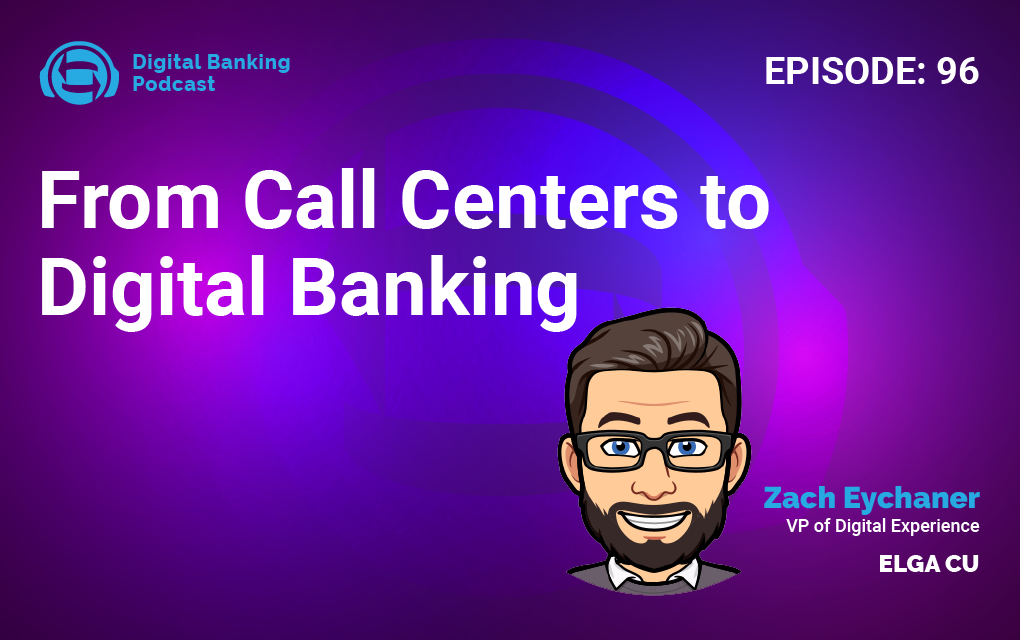The Modernization Imperative, With Tim Hamilton, Founder and CEO of Praxent
LISTEN NOW
“Creating a value proposition that is more focused — like a laser, not a light bulb — on solving the core challenges that their customers are facing in their day-to-day lives is going to be a much more effective way of building trust and delivering value in the future.”
Episode Summary
To remain competitive in today’s digital world, community FIs must be nimble. But being nimble isn’t enough if a legacy technology stack creates more obstacles than opportunities. Modernization is imperative, but many FIs lack the tools and the in-house expertise to move the FI forward on the best possible course.
In this episode of The Digital Banking Podcast, Tim Hamilton, the founder, and CEO of Praxent, explained how community FIs should modernize applications to remain relevant against pure-play digital competitors. Hamilton and host Josh DeTar discussed embedded finance, sponsor banking, and how FIs can decide whether to build, buy, or partner.
Key Insights
⚡ Technology can cause frustration for community FIs.
Every FI wants to be considered an innovator. However, most have legacy tech components that are holding them back in some way. When Hamilton founded Praxent, he worked with many different industries but noticed that financial services always stood out. “I’ll never forget the first time I used PayPal to make a payment to one of my vendors or contractors back then,” said Hamilton. “It was so seamless and beautiful that it highlighted for me this incredible frustration that I had with my bank, and the fact that I couldn’t have this sort of simplicity, this streamlined customer journey with every one of the financial jobs that I needed to do — transferring money, paying vendors, receiving deposits, etc. That stuck with me. It really left a mark, and it created in me a desire to make that whole system better.”
⚡ Financial services are abstract and intangible.
By introducing a cashless payment system and providing upfront pricing, Uber made the payment process more seamless and transparent for both riders and drivers. As Hamilton explained, financial services are inherently abstract and intangible. “The best financial experiences are the ones that we don’t even have to go through,” he said, “where the financial jobs we’re trying to achieve or accomplish are completed in the background within the context of use, right there in the middle of that customer’s journey. And I think this applies for both the customer journeys as well as commercial journeys that we’re on.”
⚡ Embedded finance presents opportunities.
Embedded finance refers to the integration of financial services into non-financial platforms or applications. This allows users to access financial products and services seamlessly within the context of their daily activities on a particular platform or app. According to Hamilton, embedded finance fits under the umbrella of sponsor banking, and it is an incredible opportunity. “In this interest rate environment, there’s a war for deposits; banks are going after deposits,” he noted. “Within that context, small to medium businesses are very attractive because they have larger balances, but they’re problematic because they’re very difficult and expensive to serve — much more expensive and needy than the average consumer accounts. That is not the case if you go after that SMB accounts through a different kind of channel – not a branch channel or a traditional digital channel, but this new channel that we’re going to call and describe — the sponsor banking channel.”
Guest At A Glance
Hamilton founded Praxent in 2000 with a bootleg copy of Photoshop, a website, and a commitment to helping local businesses win at digital innovation. He taught himself ColdFusion, SQL, and Windows Server 2000, built websites from scratch, and made $1,100 in his first year. Since starting the business, he has built a service-minded team of designers and technologists who have delivered over 300 digital innovation projects for clients in financial services and beyond.








